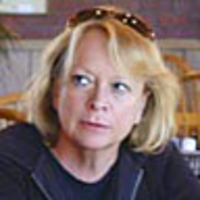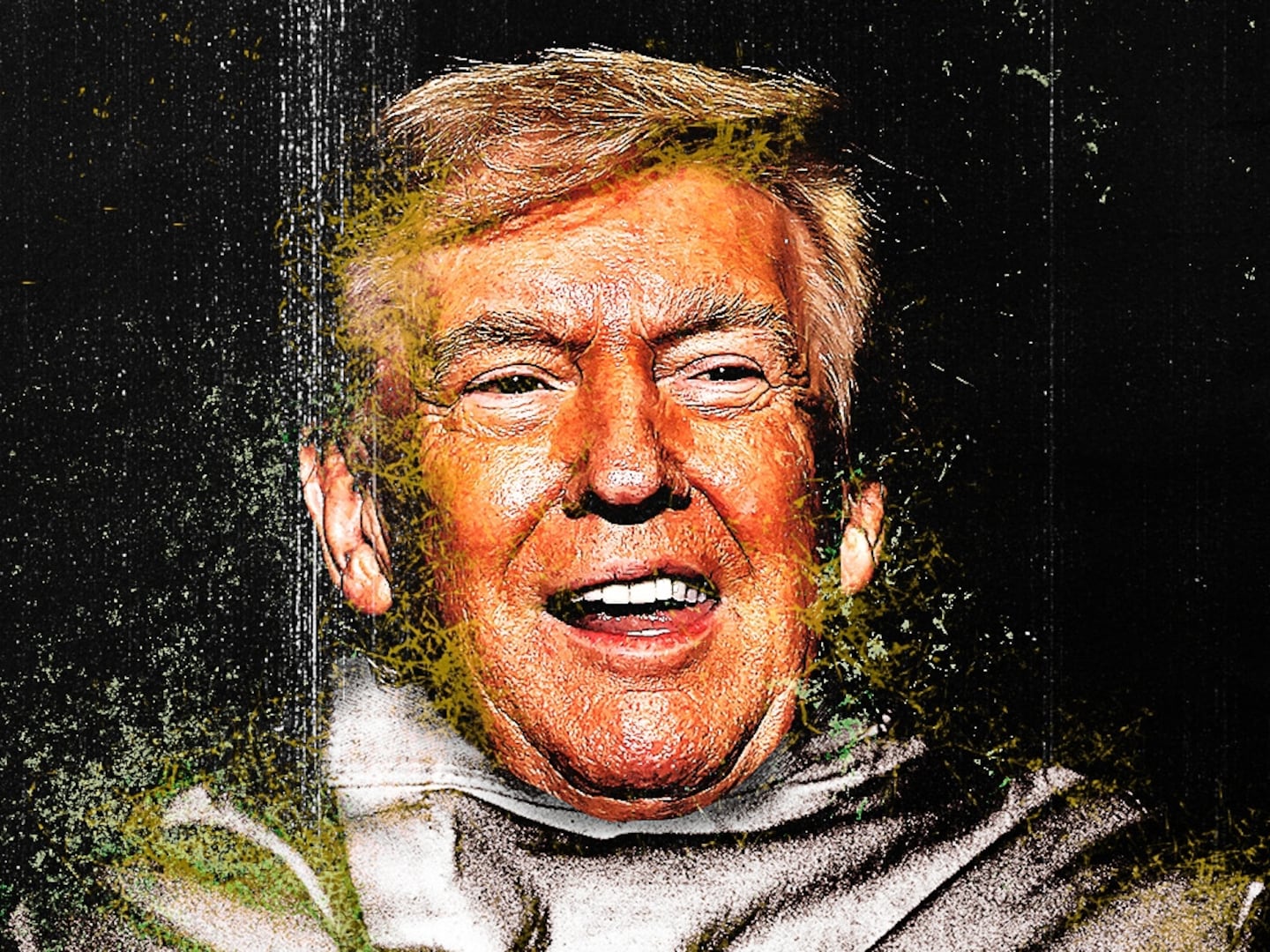
In her new novel, A Fierce Radiance, Lauren Belfer envisions New York City in 1941 as seen through the lens of a Life magazine photographer. Her protagonist, Claire Shipley, has assignments that range from shooting the latest Rockette to photographing a young father whose life might be saved by penicillin. (She even makes a command appearance at a charity fundraiser that Clare Boothe Luce, the wife of her Time Inc. boss Henry Luce, hosts at the River Club.)
“In the early years of the war, everyone assumed that New York and other major American cities and industrial centers would be bombed, and invasion was seen as a real possibility.”
Like her first novel, City of Light, set in 1901 in Belfer’s hometown of Buffalo at the dawning of the age of electricity, A Fierce Radiance is about a technological breakthrough—antibiotics—considered miraculous at first and now taken for granted. Both novels reveal Belfer’s keen sense of dramatic pacing and her gift for recreating historic times. And like her first novel, this one includes a mix of real and fictional characters, including the Luces and Vannevar Bush, President Franklin Delano Roosevelt’s “scientific impresario.”
The discovery of a way to mass-produce penicillin has personal resonance for Belfer. “Until her death, my aunt kept on her bureau a photo of her brother in the 1920s, when he was 9 or 10 years old, a blond boy paddling a canoe with his father, both of them laughing and in high spirits. This was the last photo she had of him, for he died at age 11 from a fast-moving infection contracted after a Fourth of July celebration. Antibiotics probably would have saved his life.”
In June 1999, shortly after her first novel was published, Belfer noticed a New York Times obituary with the headline, “Anne Miller, 90, First Patient Who Was Saved by Penicillin.” Reading it was “like having a door open in my imagination,” Belfer explains. The obituary describes how a patient near death in March 1942 was injected with a tiny amount of an “obscure experimental drug,” and her live was saved. Penicillin was a miracle drug. Once scientists figured out how to mass-produce it, the drug saved countless lives, and initiated the age of antibiotics.
Belfer offers a bit of history: “The discovery of penicillin by Alexander Fleming in 1928 was only the beginning… The technology for the mass-production of penicillin did not exist… Penicillin was virtually forgotten until the late 1930s and early 1940s when, under the pressure of war, researchers at Oxford, England, and at Columbia University in New York City began working on the medication once again.”
The impetus? “In any war, more soldiers die from infections than from actual wounds on the battlefield, and the pressure to change these odds, to save the lives of soldiers so that they could return to the battlefield, was tremendous.”
After Pearl Harbor, she explains, Vannevar Bush decided that penicillin should be mass-produced as a weapon of war. “When the government’s penicillin project began in 1941, the supply of penicillin was minuscule. Bush gave the new project a supply priority rating second in the nation only to the atom bomb project, and he demanded that the pharmaceutical companies share their research data and work together for the good of the nation.

"Penicillin was restricted to military use at first, and clinical trials were conducted on wounded troops. Private citizens could receive the medication only if they had an unusual condition that could not be readily tested in the military. The path to mass-production was fraught with setbacks.” Still, by D-Day, Belfer says, “penicillin—mass-produced in America—was in the pack of every medic who went ashore.”
A New York institution—The Rockefeller University—was central to antibiotic research during the war years. When she began work, Belfer says, a friend introduced her to scientists and historians there, and she learned of the pioneering work of scientists like René Dubos (he developed gramicidin, the first antibiotic to be mass-produced, at the Rockefeller). She made that the setting for her scientific mystery story.
Penicillin, which was made from mold, a natural substance, could not be commercially patented. Belfer created a fictitious antibiotic with a special blue tinge that she calls "ceruleamycin" and includes a plot thread about how drug companies competed in the 1940s to produce antibiotics like Aureomycin that could be patented. “One of the mysteries I discovered in my research was that before the war, medications from natural products could not be patented, but after the war, they could be,” she says. “Despite research, I could never discover an adequate explanation for the shift, and I used it as part of the mystery that unfolds.”
Belfer says that Claire Shipley, her protagonist, was inspired by Dorothea Lange, Berenice Abbott, and particularly Margaret Bourke-White, who took the photograph on Life’s first cover. “Working on staff at Life gave Claire tremendous opportunity and stability—but it also required that she cover fluff as well as serious issues, and that she portray America as Henry Luce saw it.”
For veracity, Belfer read every issue of Life from 1939 through 1945. “Many of Claire's assignments are inspired by stories that actually ran in Life.” Some, such as a fashion shoot on a Navy cruiser in the Brooklyn Navy Yard that featured the Johnny Jeep hat, inspired by Army hats, actually did run in Life. Belfer visualized Claire as typical of women whose lives were changed during World War II. She copes with the rationing of food, gasoline, and shoes, and raising her son as a single mother, even as the demands of her work increased as colleagues are pulled into the war effort overseas. All the while, Belfer says, women were “trying to put on a hopeful exterior while making practical preparations to face the worst. In the early years of the war, everyone assumed that New York and other major American cities and industrial centers would be bombed, and invasion was seen as a real possibility.”
For Claire’s home life, Belfer drew from her own neighborhood. “I live in Greenwich Village, and I created a home for Claire Shipley in the Village because it's my favorite neighborhood in New York City. The Village combines block after block of historic homes and former manufacturing sites with a vibrant street life and a tolerance for individuality…. a sense of the past is immediate and tactile in the Village.” The 1949 book Greenwich Village, Today & Yesterday, with text by Henry W. Lanier and photographs by Abbott, and a series of small guidebooks to the Village with photos and the names of shops and restaurants, churches, beauty parlors, and lumber yards, gave her details of the time.
In the novel, Henry Luce takes a strong interest in Claire, and arranges for her to do “secret” work for the government during the war years. How close was that to reality?
“As I read the memoirs of photographers and journalists from the war years, I frequently came across veiled references to journalists doing secret work for the government. I learned that Vannevar Bush allowed reporters into the Manhattan Project with the stipulation that their reporting wouldn’t be published until after the war. A small leap of my imagination allowed me to create this arrangement for the penicillin project.”
Plus: Check out Book Beast, for more news on hot titles and authors and excerpts from the latest books.
Jane Ciabattari’s work has appeared in Bookforum,The Guardian online, The New York Times, Los Angeles Times, Washington Post, Columbia Journalism Review, among others. She is president of the National Book Critics Circle and author of the short-story collection Stealing the Fire. Recent short stories are online at KGB Bar Lit, Verbsap, Literary Mama and Lost Magazine.






